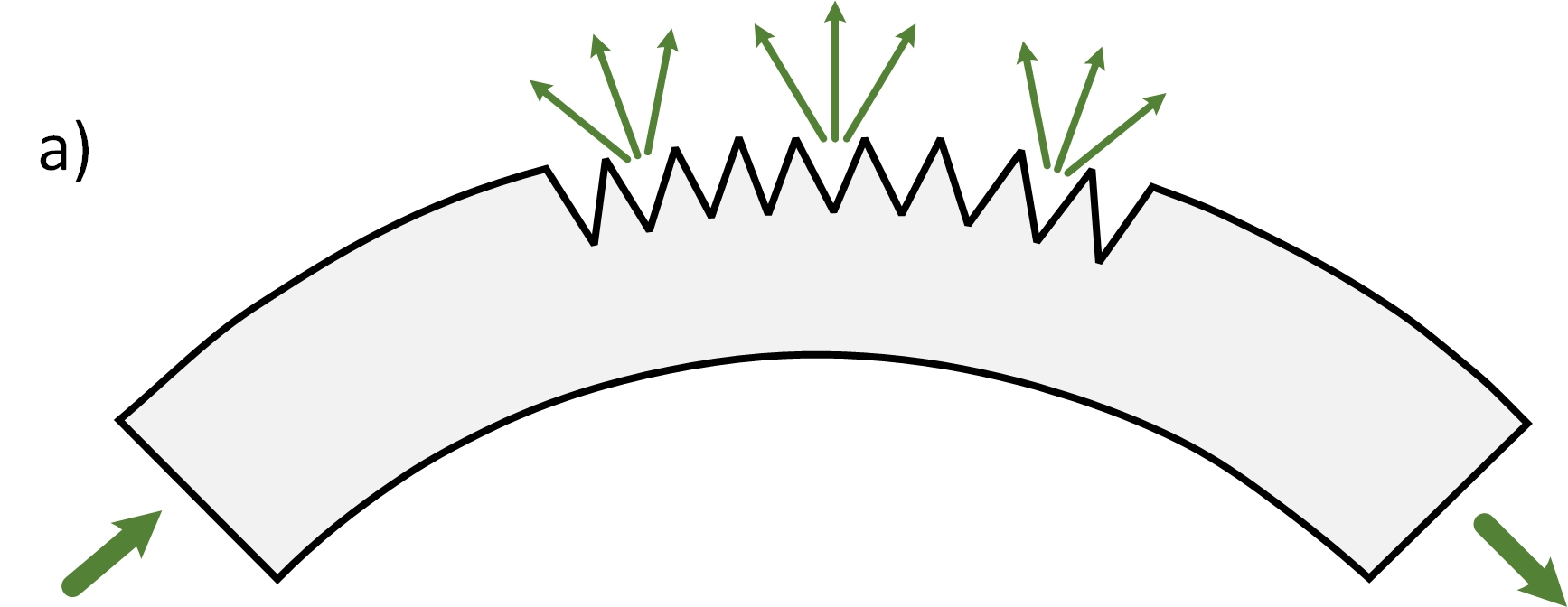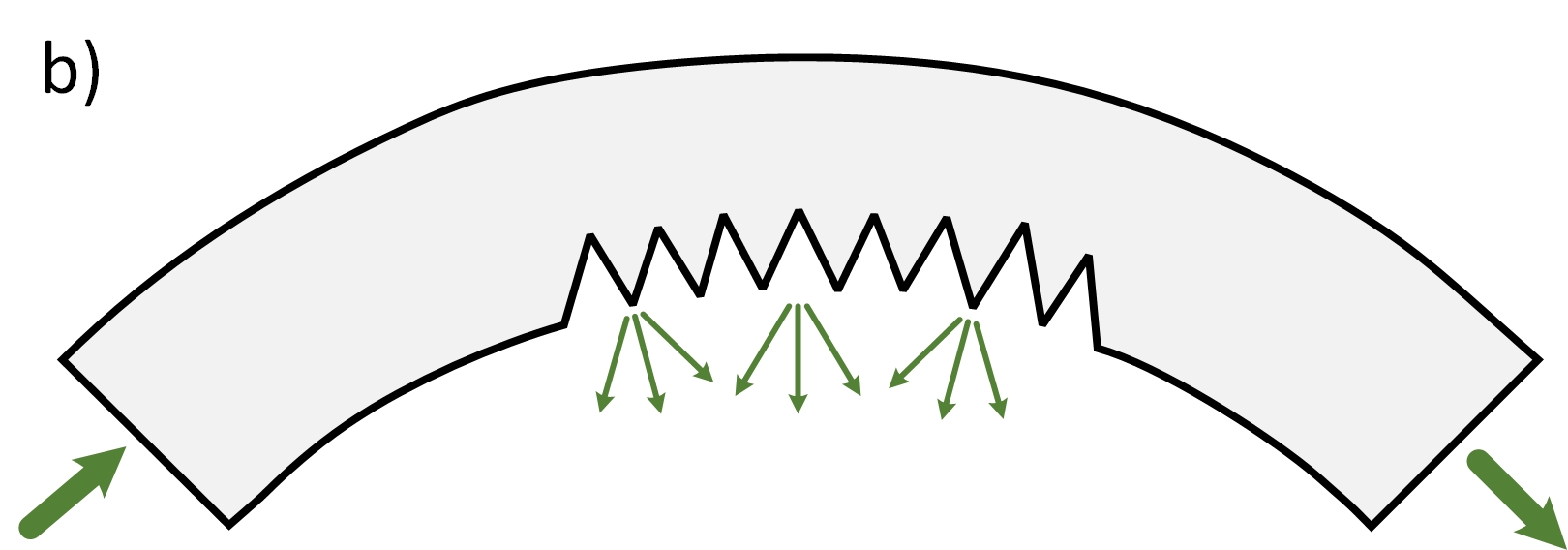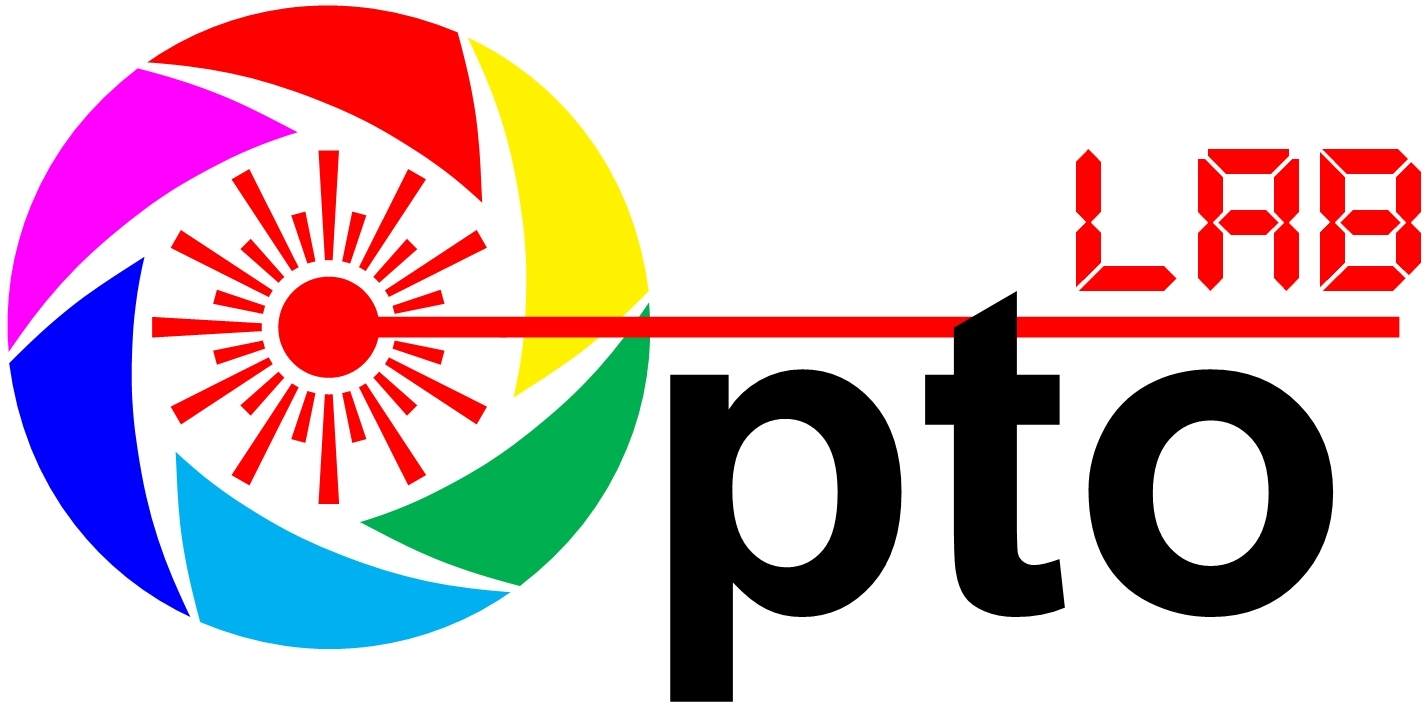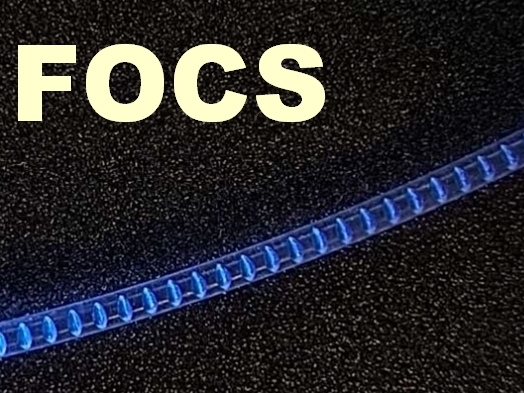|
This page demonstrates simple fiber optic sensor – Fiber Optic Curvature Sensor or FOCS. In optical fiber with step-index profile of the refraction index, light rays travel along the zigzag paths, being totally reflected at the surface separating the core and the cladding. At the point of bend (deformation) of the optical fiber, the light breaches into the cladding and out into the environment, i.e. the result of optical fiber bending is the decreased light intensity at its end. Although this phenomenon is undesirable when optical fiber is used for information transfer, it can be utilized for sensing purposes. However, significant change in light intensity happens only when optical fiber bending radius is relatively low. Sensitivity to bending can be increased by applying various types of structural imperfections on the optical fiber surface. The FOCS operation is essentially based on this principle. In the case of the FOCS, a certain number of teeth or trenches are formed on the optical fiber surface. Fraction of light rays leaves optical fiber at the teeth. When optical fiber is bent and teeth are located on convex side (fig. a), effective width of teeth increases and the modes are being converted. Due to the two effects, the number of light rays leaving the optical fiber in comparison with the case when the fiber is straight increases, i.e. there is a decrease in light intensity transferred down the fiber. This case is commonly named positive bending. In the event of negative bending, the teeth are located on the concave side (fig. b), thus the effective width of teeth decreases. In other words, as opposed to the previous case, the number of light rays leaving the fiber decreases, i.e. the intensity of light propagating down the optical fiber increases in respect to the straight fiber. Therefore, by applying teeth on the optical fiber, apart from increasing sensitivity of optical fiber to the bending, it is also possible to determine bending direction (positive or negative) [1][2][3].


In video tutorial below we used 2 mm plastic optical fiber on top of which 50 trenches are engraved using Protomat S100 device (LPKF Laser & Electronics AG). In order to test the sensor fabricated FOCS is on one side connected to LED (IF-92B) and on the other to photodarlington (IF-D93). SimpleDAQ is used for signal acquisition (A/D conversion)
References:
[1] Stupar et al, “The possibility of using a plastic optical fibre as a sensing element in civil structural health monitoring”.
[2] Markovic et al, “Application of fiber-optic curvature sensor in deformation measurement process”.
[3] Bajic et al, “Design calibration and characterization of a robust low-cost fiber-optic 2D deflection sensor”.
PROJECT FILES&DOCS:
|
- Demo video on youtube: video |
IMAGE GALLERY:
VIDEO GALLERY:
Joomla Extensions
- Details
- Category: Project Base
- Last Updated: 03 September 2021
- Hits: 3722











